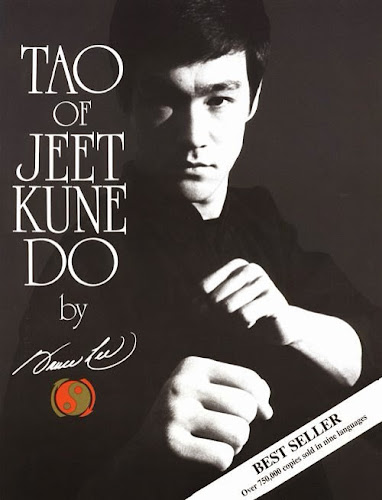When studying footage of Yamaguchi and Yamashima sensei they can be seen to use the swing of the arms in a relaxed and specific manner. This resembles the movement swinging a sword. However when not equipped with a sword this armswing is used to perform Aikido techniques. Please note that the absence of the sword allows to let the arms cross as they would naturally when the swing is continued.
In the following clips try to identify the armswing and crossing of the arms which result in quick and effortless movements.
Due to technical problems I cannot embed video's.
Yamaguchi sensei:
https://vimeo.com/66660573
Yamashima sensei.
In this clip he uses the pathway of bokken strike to perform ikkyo. He does not cross hands here, but the movement often travels past his midline!
Our own experimenting with this principle:
Yamashima would refer to this as "Close armpit and relax". So there are Aikido styles which use round arm movements and more sword like movements. Try them and enjoy practice.




























